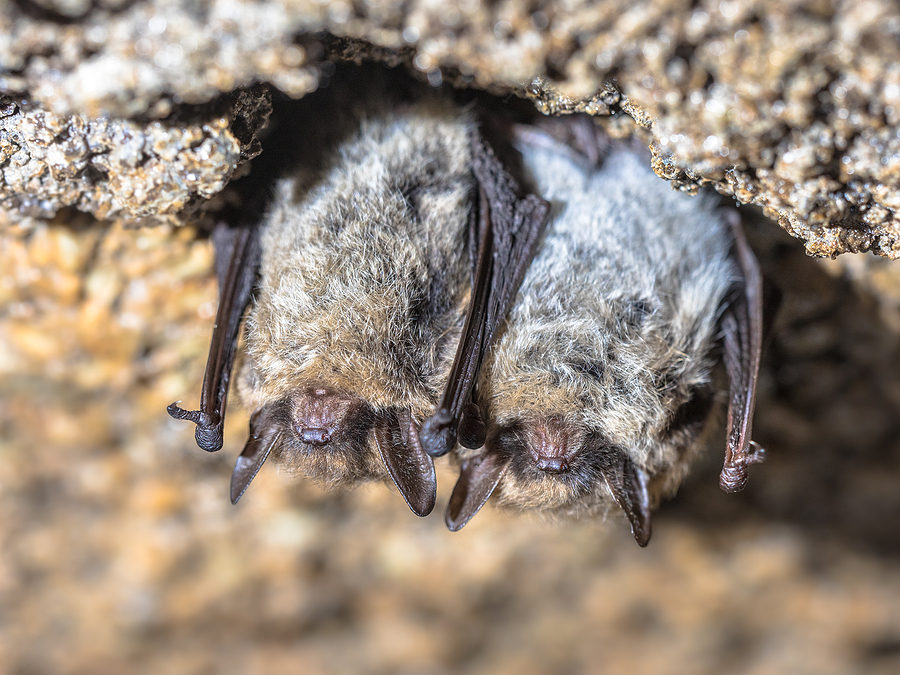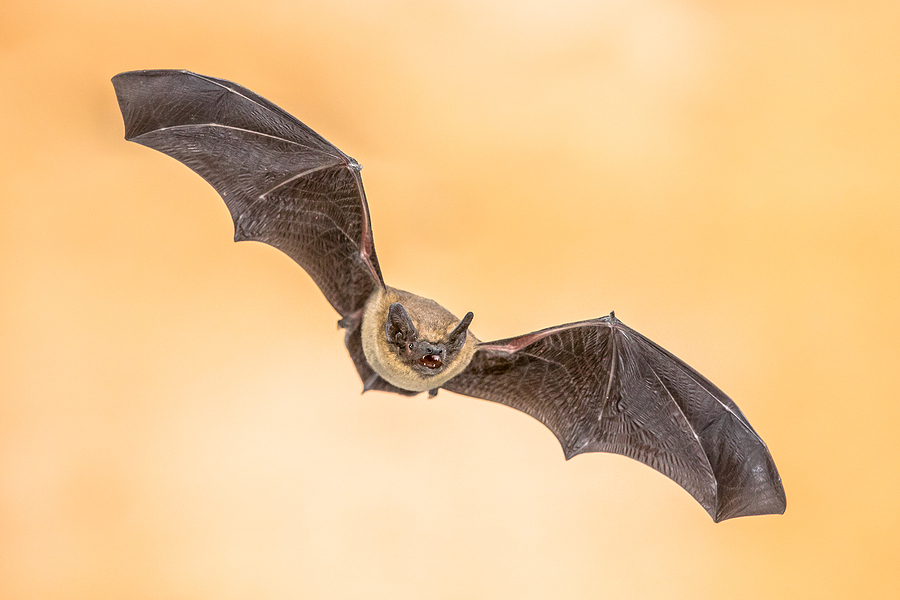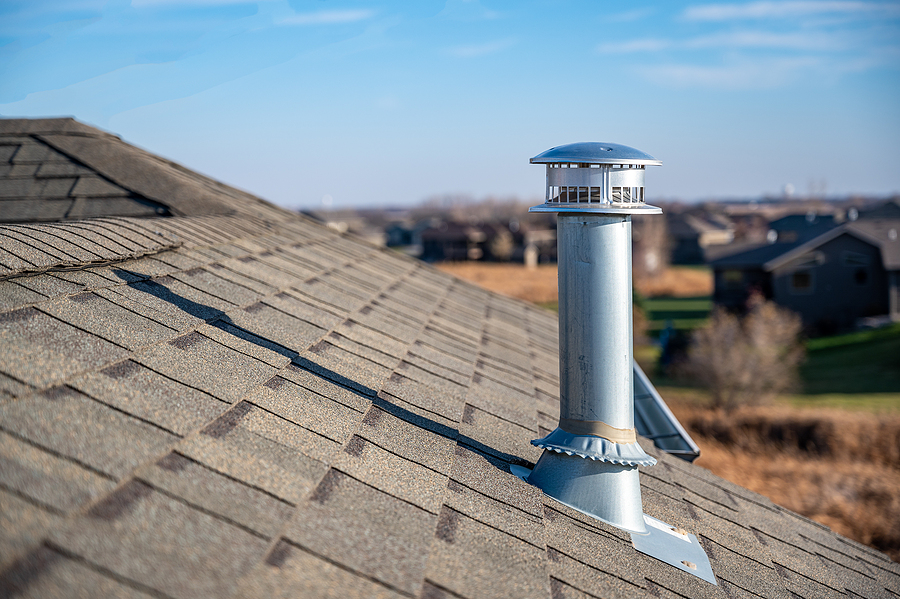In the quiet corners of our homes, particularly in the attic, we often find unexpected, unwelcome guests – bats. In the state of Indiana, these nocturnal creatures, particularly nuisance species like the Little Brown Bat and the Indiana Bat, find solace in the warmth and security of your attic. But what drives these bats to turn your homes into their haven, and what potential damage could they cause?
This blog post aims to shed light on the behaviors of these bats, the risks they pose including potential diseases like Rabies, and finally the paramount importance of bat control, removal, and prevention. As we delve into this significant issue of ‘bats in the attic’, we will explore effective strategies for bat-proofing your home, ensuring that you and your loved ones can live bat-free and worry-free.

Understanding the Common Species of Nuisance Bats in Indiana
First and foremost, it is crucial to understand the types of bats that are commonly found in attics in Indiana. The state is home to various species of bats, but the two most prevalent nuisance bats are the Little Brown Bat and the Indiana Bat. The Little Brown Bat (Myotis lucifugus) is a small brown bat that measures between 2.5 to 4 inches in length and has a wingspan of approximately 8 to 9 inches.
These bats are often found roosting in attics, barns, and other buildings, particularly during the winter months when they hibernate. On the other hand, the Indiana Bat (Myotis sodalis) is a federally endangered species that primarily roosts in caves during the summer but may seek out buildings and attics for hibernation during the colder months.
Bat Behaviors and Potential Damages
Bats are fascinating creatures with unique behaviors, but unfortunately, these behaviors can cause significant damage to our homes. Bats are social animals, forming colonies that can range from a few bats to hundreds. This means that if there is one bat in your attic, there is likely a colony living there. As they roost in large numbers, their droppings, known as guano, accumulate quickly and can cause structural damage to your home’s interior and exterior. The acidic nature of bat droppings can corrode wood, metal, and other building materials, leading to potential health and safety hazards. Additionally, bats can also cause damage by gnawing on electrical wires and insulation, which can increase the risk of fires.
Potential Diseases from Bats in the Attic
Aside from the physical damage that bats can cause to our homes, they also pose a significant health risk to humans. One of the most well-known diseases associated with bats is Rabies. This viral disease affects the central nervous system and can be transmitted to humans from a bite or scratch by an infected bat. Although rabies is rare in bats, it is crucial to seek medical attention if you have been bitten or scratched by a bat. Bats are also known carriers of other diseases such as Histoplasmosis, a lung infection caused by inhaling fungal spores found in bat droppings.
Importance of Bat Control and Prevention
Given the potential damage and health risks that bats pose, it is crucial to take necessary measures for bat control and prevention. The first step is to seek professional help from a licensed bat removal company with experience in safely and humanely removing bats from your attic. Once the bats have been removed, it is essential to seal off all potential entry points in your home to prevent future infestations. This involves sealing gaps or cracks in your roof and walls, installing chimney caps, and repairing any damage that may serve as entry points for bats. It is also crucial to regularly inspect your home for signs of bat infestation and take prompt action if any are found.
Conclusion
In conclusion, bats in the attic may seem like a nuisance, but they can cause significant damage to our homes and pose health risks that should not be taken lightly. Therefore, it is vital to understand their behaviors and potential diseases, as well as the importance of bat control and prevention. By following the strategies mentioned in this blog, we can ensure that our homes remain bat-free and safe for our families. Remember, if you do encounter bats in your attic, always seek professional help for their removal and take the necessary steps to prevent them from returning. So, keep a watchful eye out for any signs of these winged creatures in your attic, and take action before it’s too late.
If you have bats in your home, take immediate action. Contact Bat Removal Indiana at 317-535-4605 for licensed and insured bat removal services in Indianapolis and its surrounding counties. We serve both residential and commercial clients.
Related Posts:
Schedule an Attic Inspection if You Think You Have a Bat Infestation
Where to Get Help With Your Bat Infestation Insurance Claim
What to Do When You Need to Get Rid of Bats in the Attic


